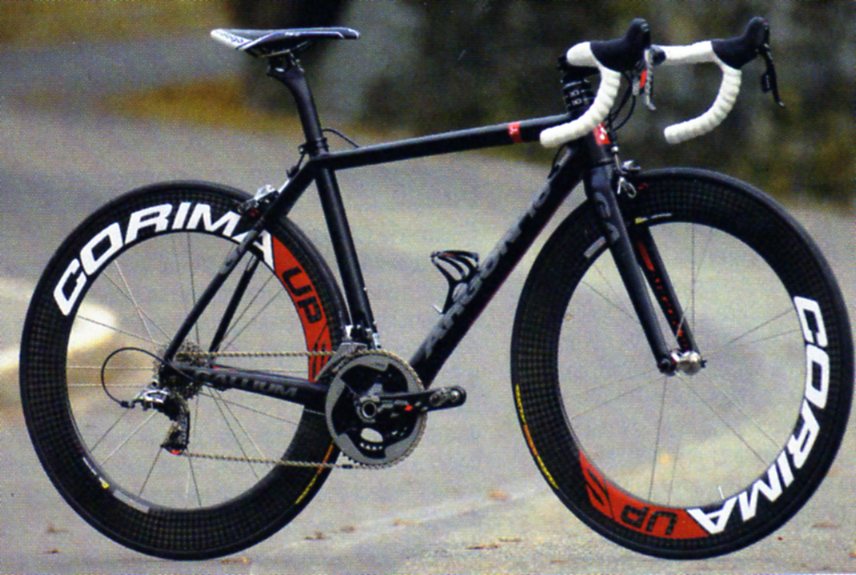Low-Key Hillclimbs week 4: Berkeley Hills
As we descended back to the Peets Coffee which marked the start of the week 4 Low-Key Hillclimb route, Rich Hill said to me: "has Low-Key ever done a day with 4800 feet of climbing before?" I paused. Hamilton? Not quite, only 4400. Diablo? Not close. Portola Valley Hills last year? No -- less than 3000 total feet. What about weeks with optional extra climbs, like the Diabolical Double or the Lomas-Marin Ave combo? No and no. "I don't think so. No -- I'm pretty sure not," I replied. I felt good about this, because after 6 intense efforts up climbs with vertical gain from 476 to 764 vertical feet, I was cooked. Details of the route are here . Paul McKenzie designed a route of absolute brilliance, tying together a combination of classic and obscure climbs in the maze-like Berkeley-Oakland-Hills with a minimum of overhead. Of those 4800 vertical feet, 3825 were against the clock, 975 part of the untimed transitions (still timed, actually, but with ...


